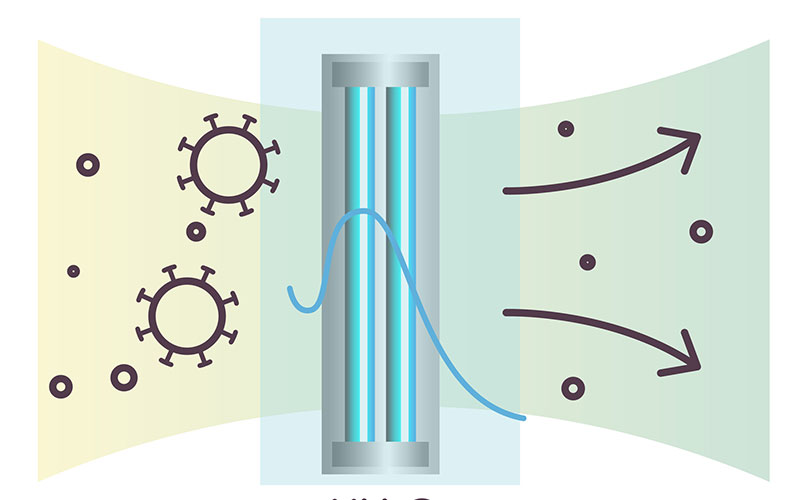Resource issues for UV-C LED disinfection

At present, it is now possible to implement effective systems using UV-C LEDs that have the ability to disinfect residential water systems at either the point where municipal or well water enters the home (POE=Point of Entry) or at the major point of use (POU=Point of Use) the kitchen sink.
These systems require some plumbing and electrical adjustments. To be fully effective the system must first physically filter the water with renewable filters that remove all particulate matter that could hide or shield microorganisms from the direct contact with UV-C light. Immediately after physical filtration the water can then pass through an active UV-C LED light source that disinfects all microorganisms too small to be physically removed (viruses like Covid). From there water is directed either to the whole house or to the kitchen sink faucet (POE or POU).
One of the outstanding characteristics of the UV-C LED component of such a system (either POE or POU) is the fact that it only activates when water is flowing. This means that electricity is needed for a UV-C LED based disinfection system only when the water system is flowing (in use) and uses no electricity outside of active use. Like most LED based systems this configuration cuts down on electricity use and its expense.
Another advantage of a UV-C LED based water disinfection system (in a physical filter to LED UV-C configuration) is the fact that it removes the necessity of boiling water should the outside water supply be compromised due to well or municipal water contamination.